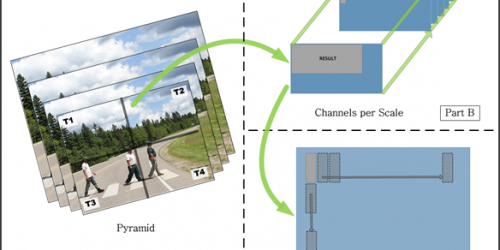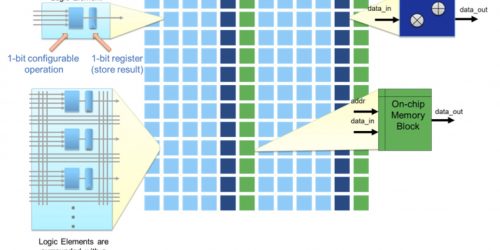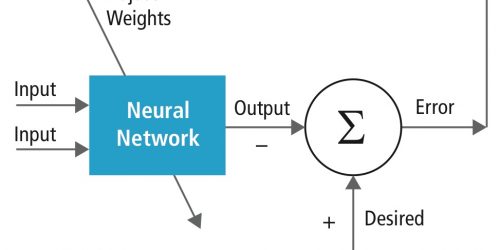“High-resolution 3D Reconstruction on a Mobile Processor,” a Presentation from Qualcomm
Michael Mangan, Product Manager for Camera and Computer Vision at Qualcomm, presents the "High-resolution 3D Reconstruction on a Mobile Processor" tutorial at the May 2016 Embedded Vision Summit. Computer vision has come a long way. Use cases that were previously not possible in mass-market devices are now more accessible thanks to advances in depth sensors […]
“High-resolution 3D Reconstruction on a Mobile Processor,” a Presentation from Qualcomm Read More +





